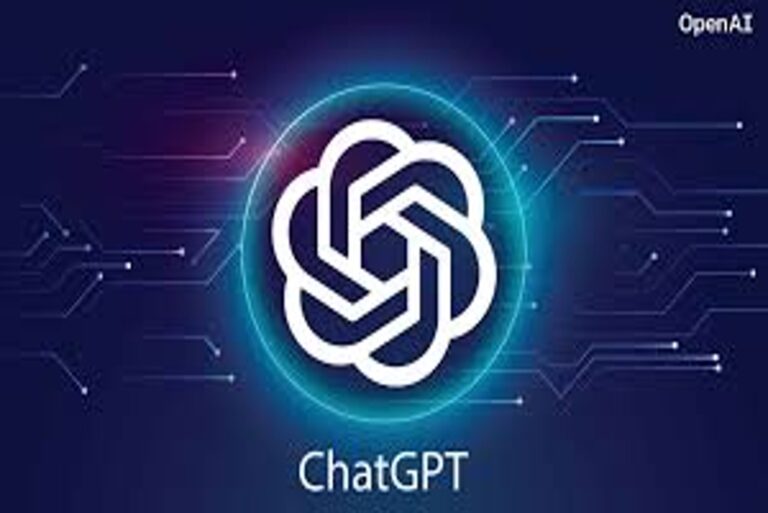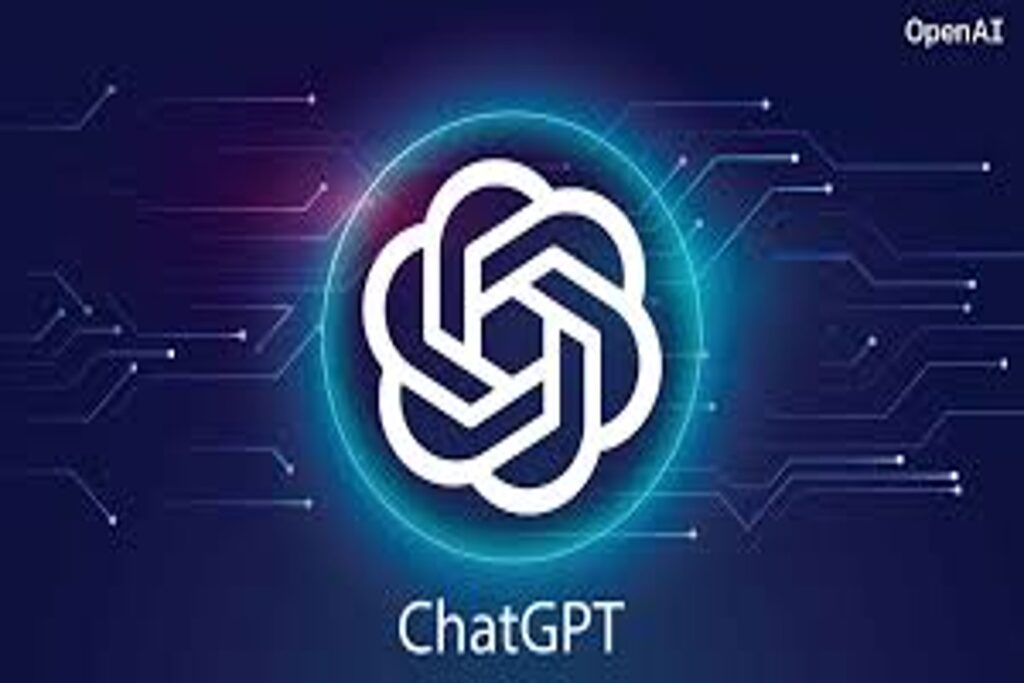Part 1: Importance of ChatGPT
- Explanation of how ChatGPT is used in various industries
- Advantages of ChatGPT compared to other chatbot technologies
- Real-life examples of successful implementation of ChatGPT
Part 2: Rise of ChatGPT
- Explanation of the current popularity and increasing demand for ChatGPT
- Reasons for the rise of ChatGPT, including its advanced natural language processing capabilities
- Comparison to other AI chatbot technologies and their limitations
Part 3: Applications of ChatGPT
- Examples of different industries and use cases that benefit from ChatGPT
- Discussion of the future potential of ChatGPT in various fields
Part 4: Challenges and Limitations of ChatGPT
- Discussion of the challenges and limitations of ChatGPT, including ethical considerations
- Comparison to human customer service and the limitations of AI technology in replacing human interaction
Conclusion
- Recap of the importance and rise of ChatGPT
- Discussion of the potential for ChatGPT to continue to grow and develop in the future
- Final thoughts on the role of ChatGPT in the broader context of AI technology
Introduction
ChatGPT is an AI-powered chatbot that uses natural language processing to provide human-like interaction in various applications. Developed by OpenAI, ChatGPT has become increasingly popular in recent years due to its advanced capabilities and potential for use in various industries. In this article, we will explore the importance and rise of ChatGPT, including its advantages over other chatbot technologies, its current popularity, and its future potential.
Part 1: Importance of ChatGPT
One of the key advantages of ChatGPT is its ability to understand natural language and respond in a human-like manner. This makes it ideal for use in customer service, where it can quickly and efficiently handle common queries and provide helpful responses. ChatGPT can also be used in other industries, such as healthcare and finance, where it can provide personalized recommendations and advice to users.
The ChatGPT is an incredibly powerful tool that can help us solve complex problems and create new solutions. It has the potential to revolutionize the way we interact with technology.” – Elon Musk, CEO of SpaceX and Tesla
Compared to other chatbot technologies, ChatGPT has several advantages. Unlike rule-based chatbots, which rely on pre-programmed responses, ChatGPT uses machine learning to generate responses based on previous interactions. This allows ChatGPT to learn and improve over time, making it more effective at handling complex queries and providing accurate responses.
Real-life examples of successful implementation of ChatGPT can be found in various industries, such as e-commerce, healthcare, and banking. For example, Hugging Face, a startup that specializes in conversational AI, has used ChatGPT to develop a chatbot for online shopping that can understand and respond to customers’ requests in a natural and personalized way.
Part 2: Rise of ChatGPT
The rise of ChatGPT can be attributed to its advanced natural language processing capabilities. ChatGPT uses a transformer architecture, which allows it to understand context and generate responses that are more human-like than other chatbot technologies. As a result, ChatGPT has become increasingly popular in recent years, with many companies using it to provide customer service and improve user experience.
“As we move forward in a world of artificial intelligence, ChatGPT stands out as a powerful tool that can help us navigate and solve complex problems. Its ability to understand and respond to natural language makes it an invaluable asset in our quest to create a more intelligent and efficient world.” – Sundar Pichai, CEO of Google
Compared to other AI chatbot technologies, ChatGPT has several advantages. Unlike rule-based chatbots, which rely on pre-programmed responses, ChatGPT uses machine learning to generate responses based on previous interactions. This allows ChatGPT to learn and improve over time, making it more effective at handling complex queries and providing accurate responses.
Part 3: Applications of ChatGPT
ChatGPT has various applications in different industries. In healthcare, ChatGPT can provide personalized recommendations and advice to patients, helping to improve access to healthcare services and reduce the burden on healthcare professionals. In finance, ChatGPT can help customers with queries related to their accounts and provide personalized investment advice.
The future potential of ChatGPT is also vast, with many experts predicting that it will continue to grow and develop in various fields. For example, ChatGPT could be used in education to provide personalized learning experiences for students, or in legal services to assist with research and document preparation.
Part 4: Challenges and Limitations of ChatGPT
While ChatGPT has many advantages, it is not without its challenges and limitations. One of the key challenges is the ethical considerations around the use of AI chatbots. As ChatGPT becomes more advanced and human-like, there is a risk that users may not realize they are interacting with a machine, which raises questions about transparency and accountability.
Another limitation of ChatGPT is its inability to fully replace human interaction in certain situations. While ChatGPT can handle many common queries and provide helpful responses, there are situations where a human touch is still required, such as when dealing with sensitive issues or complex queries.
Conclusion
ChatGPT has become an important and increasingly popular technology in various industries due to its advanced natural language processing capabilities and ability to provide personalized interactions with users. While there are challenges and limitations to consider, the potential for ChatGPT to continue to grow and develop in the future is vast, and it is likely to become an increasingly important tool in the broader context of AI technology. As such, companies and organizations should consider the benefits of implementing ChatGPT in their operations to improve customer experience and streamline processes.





